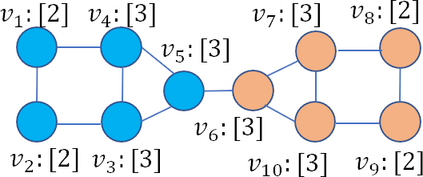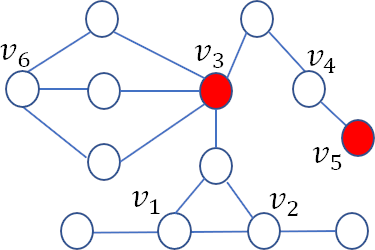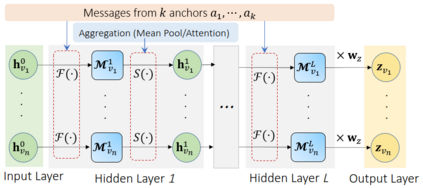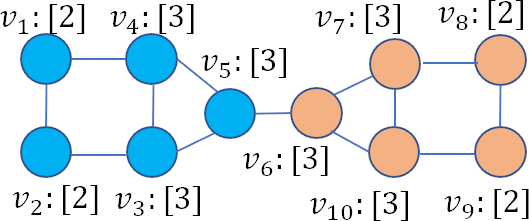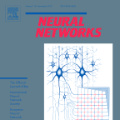Majority of the existing graph neural networks (GNN) learn node embeddings that encode their local neighborhoods but not their positions. Consequently, two nodes that are vastly distant but located in similar local neighborhoods map to similar embeddings in those networks. This limitation prevents accurate performance in predictive tasks that rely on position information. In this paper, we develop GraphReach, a position-aware inductive GNN that captures the global positions of nodes through reachability estimations with respect to a set of anchor nodes. The anchors are strategically selected so that reachability estimations across all the nodes are maximized. We show that this combinatorial anchor selection problem is NP-hard and, consequently, develop a greedy (1-1/e) approximation heuristic. Empirical evaluation against state-of-the-art GNN architectures reveal that GraphReach provides up to 40% relative improvement in accuracy. In addition, it is more robust to adversarial attacks.
翻译:现有图形神经网络( GNN) 的多数学习将本地社区编码为编码而非位置的节点嵌入。 因此, 有两个非常遥远的节点, 但却位于相似的本地社区地图上, 与这些网络的嵌入相类似。 这一限制阻止了依赖位置信息的预测性任务的准确性。 在本文中, 我们开发了GapReach, 这是一种能感应的GNN, 通过一组锁定节点的可达性估计, 捕捉到节点的全球位置。 锚是战略性选择的, 以便最大限度地扩大所有节点的可达性估计。 我们显示, 组合锚选择问题是NP硬的, 因而形成了贪婪( 1 / / e) 近似性高温。 对最新工艺的 GNNN 架构的实证性评估显示, GapReach 提供了高达40% 相对准确性的改善。 此外, 对抗性攻击更有力。

